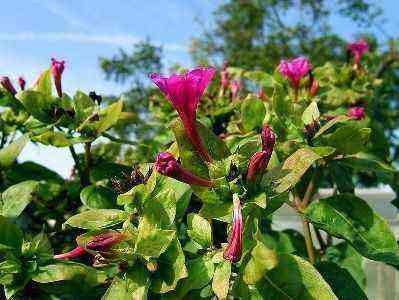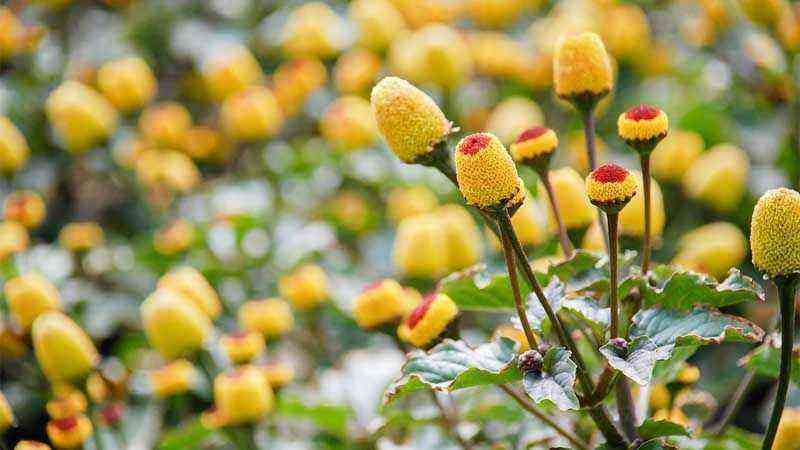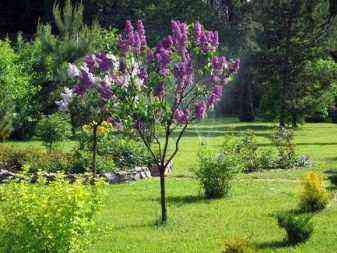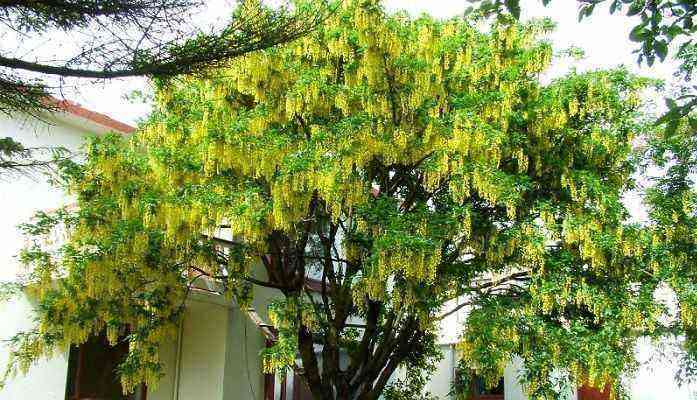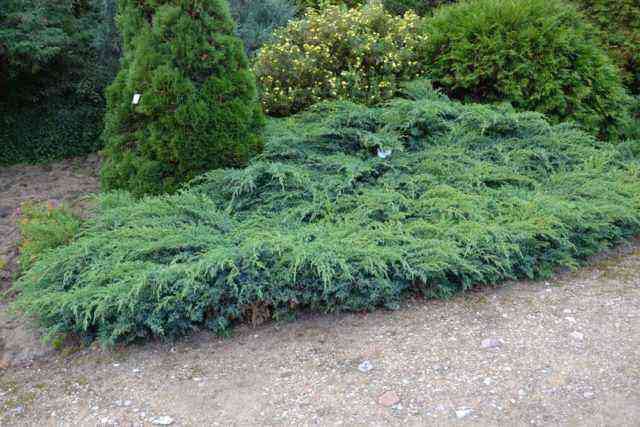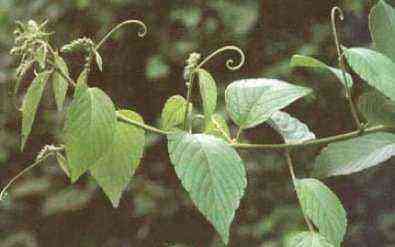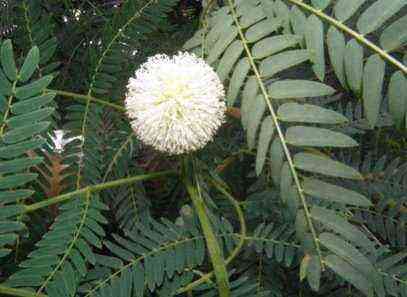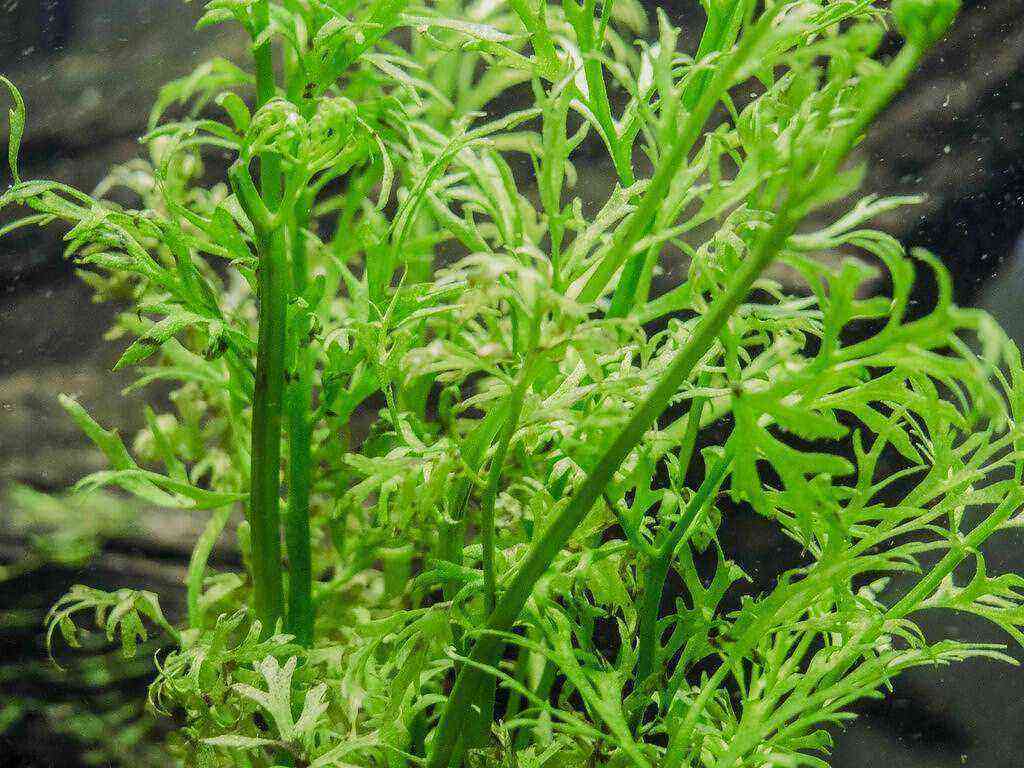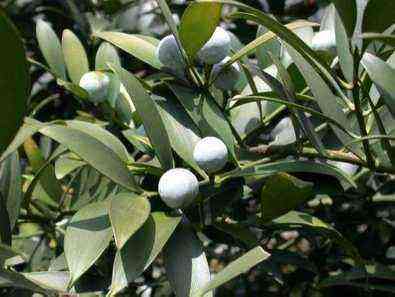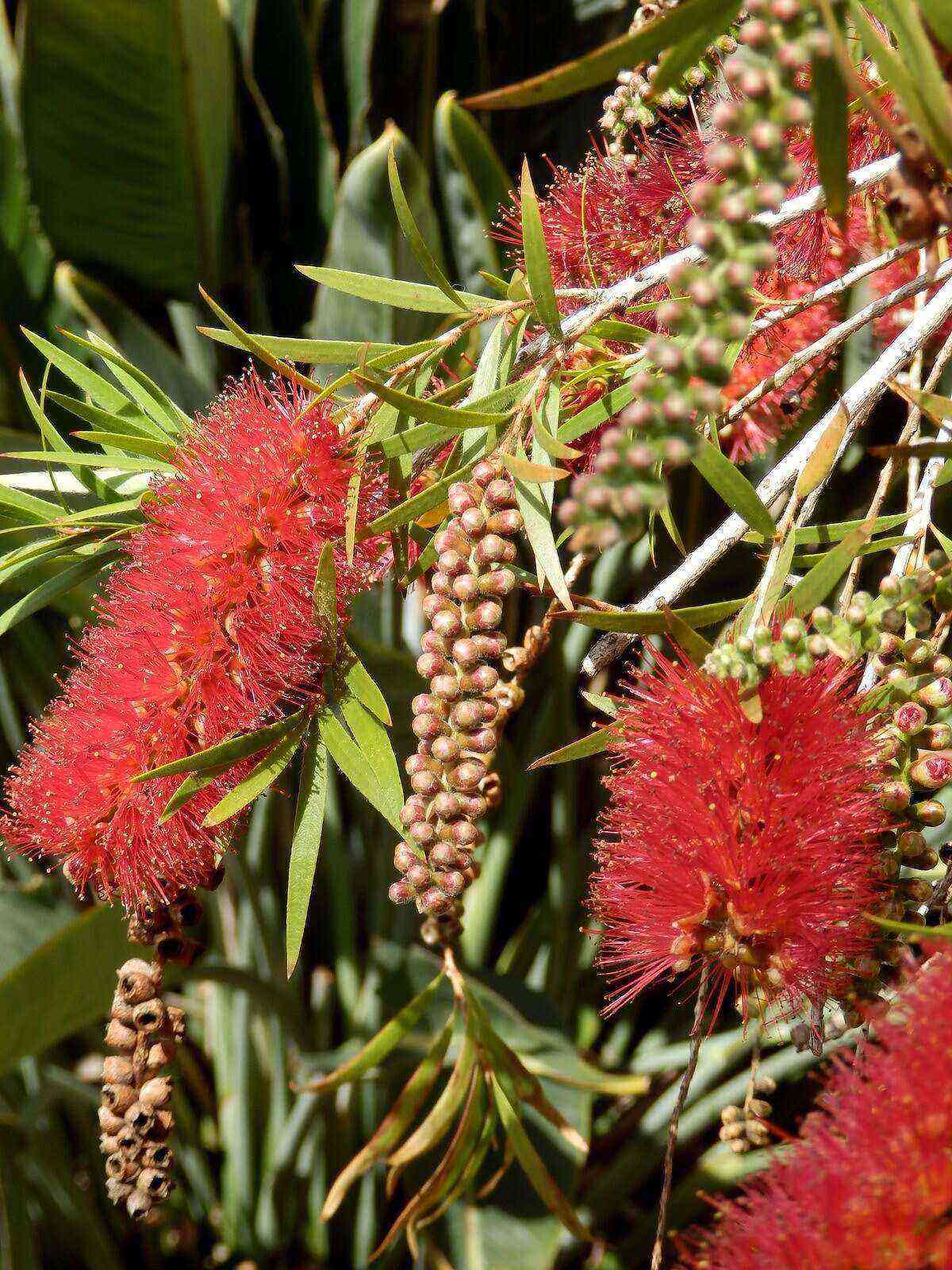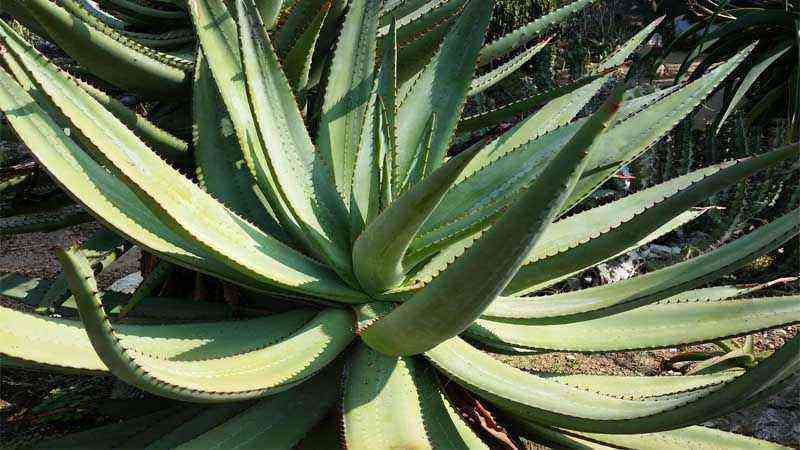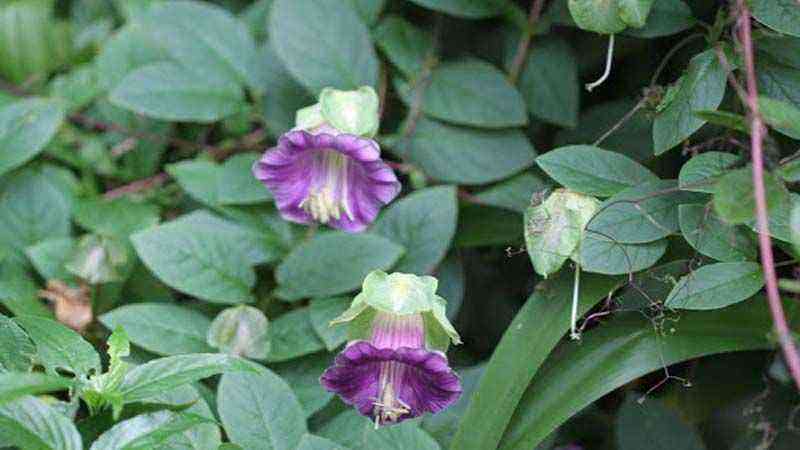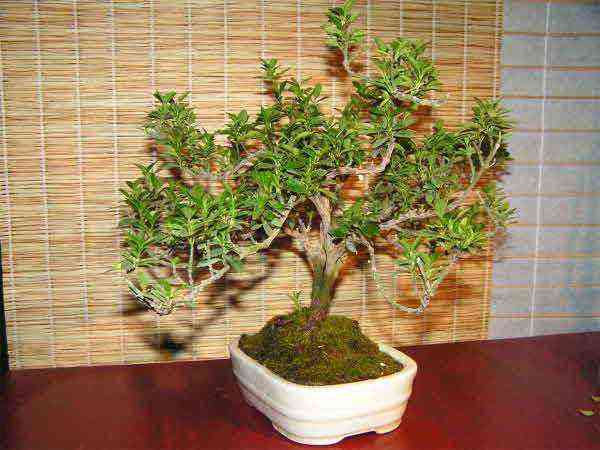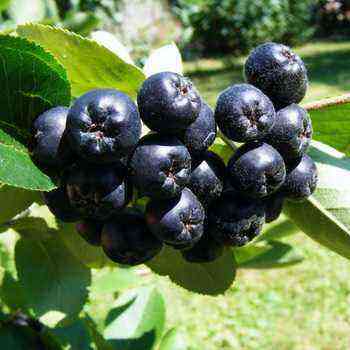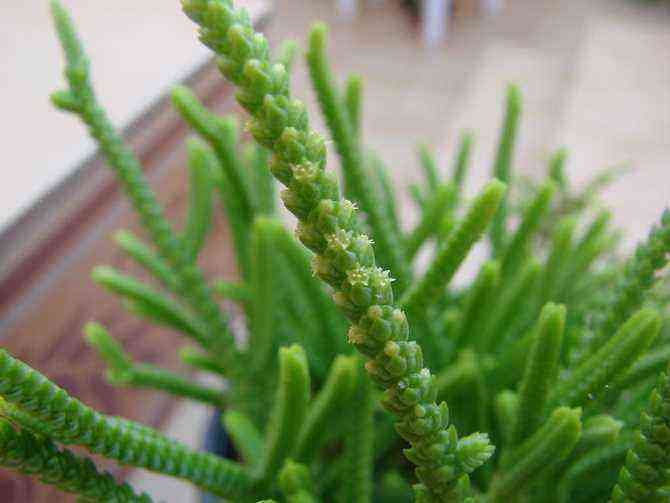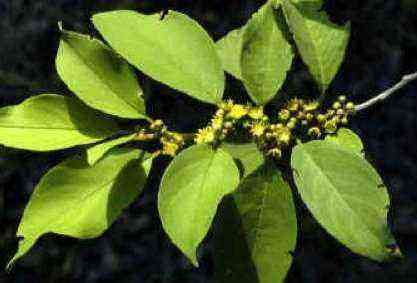Today we are talking about Fumaria officinalis, a plant that has been widely used for centuries for its various active principles in traditional medicine. It is distributed throughout almost the entire world, adapted to a multitude of climates and soils thanks to its rusticity. It is considered adventitious herb in many crops.
Characteristics of Fumaria officinalis
This wild plant appears in rainfed plains so in cereal crops it is considered as adventitious grass and is eliminated. In irrigated crops such as beets, it tends to grow regularly. It is an annual plant whose purple inflorescence in clusters during spring is very characteristic. It is commonly known as Sangre de Cristo, Fumaria or Palomilla.
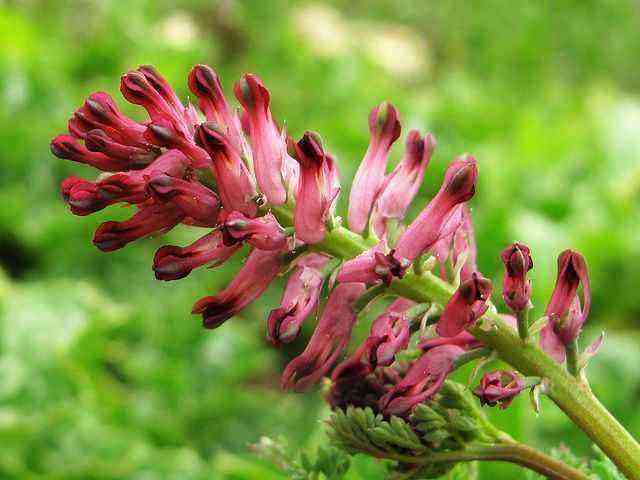

Let’s talk about the genus and the species
Let’s start with the species
Surname of Fumaria officinalis it is shared by many plants. The name officinalis usually refers to its medicinal use. In Wikipedia we can find the origin of this word and why it has derived to the use of certain species of plants.
OfficinalisIn oficinal, is a medieval Latin epithet that denotes species —mainly plants— with uses in medicine and herbalism. It occurs frequently as a specific epithet, second term in a binominal nomenclature. The word officinalis literally means “of or belonging to an officina”, the warehouse of a monastery, where medicines and other necessary things were kept. Officina was a contraction of opificina, from opifex (gen. Opificis) “worker, machine, doer “(from opus” work “) + – fex, – ficis,” the one who does it, “from facere” to do, to carry out. “When Linnaeus invented the binominal system of nomenclature, he gave it the specific name” officinalis », In 1735 (first edition) of his Systema Naturae, to plants (and sometimes animals) with an established medicine, culinary, or any other use.
Source: Wikipedia
Fumaria officinalis. The genus Fumaria
Of all the plants that make up the genus Fumaria, Fumaria officinalis is its representative. Carlos Linneo described her as the type plant of this genre.
As we always say in this blog, the etymology of the scientific names of plant species tell us a lot and this is a clear case. Etymologically, Fumaria comes from “Fumus”; smoke. The color of the roots and smell reminds a bit of smoke. Pliny the Elder already described it in ancient Rome, alluding to the fact that its juice causes some irritation to the eyes, like smoke.
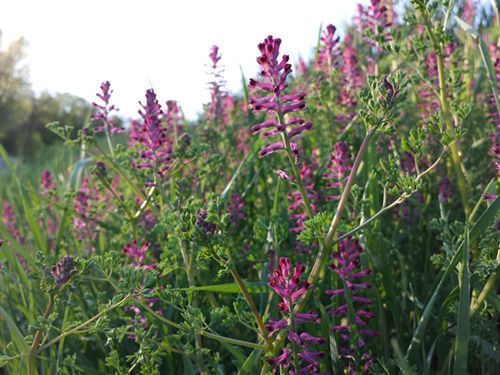

Habitat and current distribution
It is a native plant of Europe but is currently omnipresent since it was introduced in America and Asia. In Spain it is widely distributed throughout the country with more presence in the Mediterranean area. Where it has less presence is in the Cantabrian area and Galicia.
Let’s use the GBIF database to look for the geolocations provided nationwide of this plant and we corroborate that indeed, the most numerous data are found in the Mediterranean area.
If you do not know GBIF, you should know that it is a database on biodiversity worldwide. It has nodes in different countries, including Spain. Data on any species found anywhere in the world is shared in these biodiversity databases. It is a collaborative project of open source and in the Spanish node the Ministry of Science, the CSIC, the Royal Botanical Garden and other world institutions collaborate. The main portal for global data is called GBIF.org


Geolocation database of Fumaria officinalis. GBIF (Spain)
In the following link you can explore the map in more detail.
Active principles and medicinal use of Fumaria officinalis
It contains numerous alkaloids, responsible for the majority of the effects on the human body, used in traditional medicine. Among the alkaloids present the most abundant is protopina. Its characteristics have been studied with effects pain relievers and antihistamines. In fact, protopine is an opium compound because the family of the Fumarias is Papaveraceae. Opium or the well-known red poppies are found in this family.
It is traditionally classified as a plant used in herbal medicine, with biliary, spasmolytic, anticholinergic, antiarrhythmic and antibacterial effects.
There are general studies in which the active ingredients are isolated of various traditional medicine plants and Fumaria officinalis usually. Yet none of them require the right effects or doses. In fact, their conclusions leave the doors open to more exhaustive studies to determine precisely this type of deeper information.
An example is the following 2009 study in which Fumaria officinalis stands out for occupying the second place in phenolic compounds and its possible relationship with antioxidant capacity. Compounds with antimibrobial capacity are also being studied. Of the 32 microorganisms exposed to the plant extracts, 21 survived. But the conclusions are clear and here is a small summary. «The plants studied (among them Fumaria officinalis) have different levels of antioxidant and antimicrobial activity. These data should be used for future research. In addition, the toxicity effects of these compounds must be evaluated.
There are many and if you want to research I recommend Google Scholar to look for references of studies on Fumaria officinalis.






